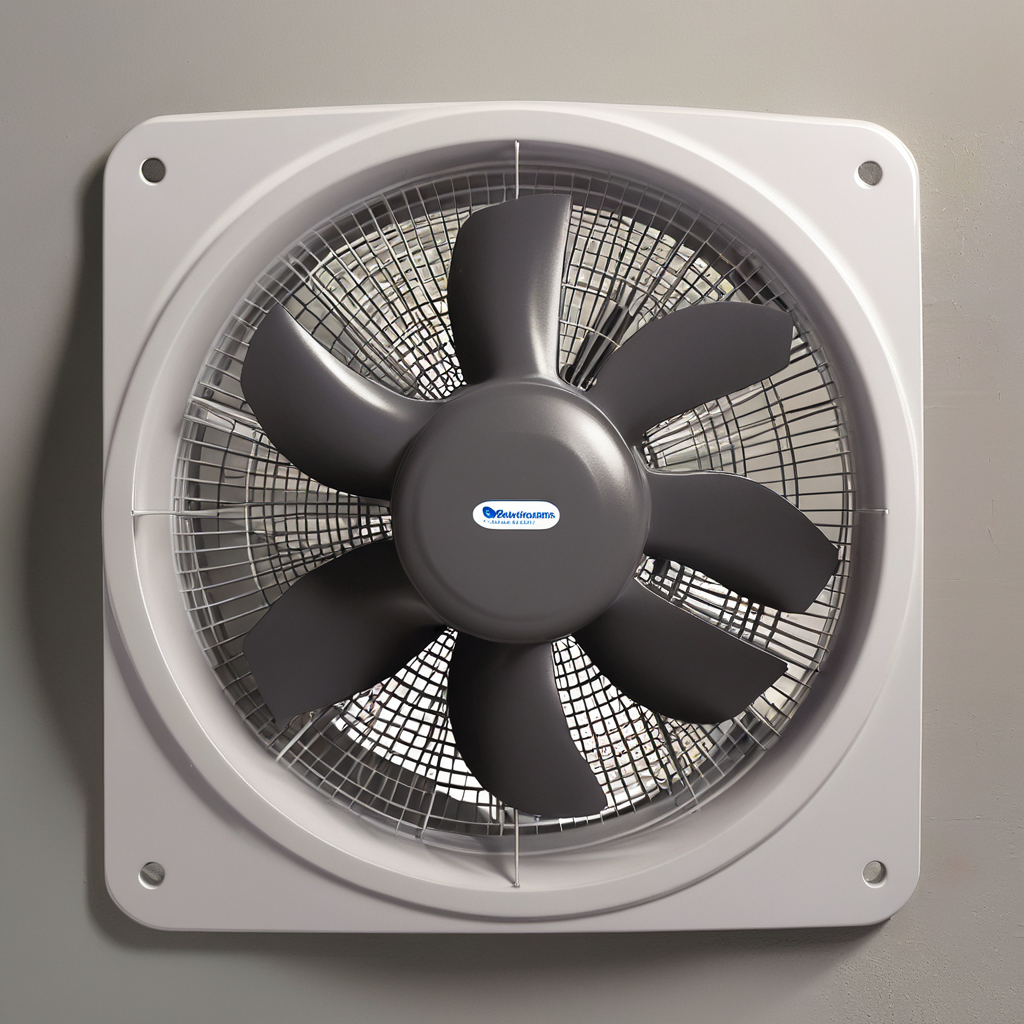
Whole house fans are a popular and energy-efficient cooling solution that can help lower indoor temperatures, improve air circulation, and reduce reliance on air conditioning systems. By drawing in cool outdoor air and exhausting hot air from the home, whole house fans can create a comfortable and breezy environment while saving on energy costs. However, like any home improvement feature, whole house fans come with their own set of pros and cons. In this article, we will explore the advantages and disadvantages of installing a whole house fan to help you make an informed decision for your home cooling needs.
Pros of Whole House Fans:
- Energy Efficiency: Whole house fans consume significantly less energy than traditional air conditioning systems, making them a cost-effective cooling solution. By harnessing natural ventilation and cooler outdoor air, these fans can help reduce electricity bills and energy consumption.
- Improved Indoor Air Quality: Whole house fans can help ventilate and refresh indoor air by expelling stale air, odors, and pollutants from the home. This continuous air exchange can promote better air quality and create a healthier living environment for occupants.
- Quick Cooling: Whole house fans are designed to rapidly cool down the entire home by drawing in fresh outdoor air and exhausting hot air through attic vents. This can provide quick relief from heat and create a comfortable indoor temperature within minutes.
- Natural Cooling: Unlike air conditioning systems that rely on refrigerants and compressors, whole house fans use natural ventilation to cool the home. This eco-friendly cooling method reduces the carbon footprint of your household and promotes sustainability.
- Cost Savings: By reducing the need for air conditioning and lowering energy consumption, whole house fans can lead to significant cost savings on cooling expenses. These fans are a one-time investment that can provide long-term financial benefits.
Cons of Whole House Fans:
- Limited Cooling in Humid Climates: Whole house fans are most effective in dry or arid climates where outdoor air is cooler and less humid. In humid regions, these fans may not be as efficient at cooling and may introduce moisture into the home.
- Noise Levels: Whole house fans can generate noise during operation, especially at higher speeds. The sound of the fan motor and airflow may be disruptive to some individuals, particularly during nighttime use when noise sensitivity is heightened.
- Seasonal Limitations: Whole house fans are best suited for use during mild or moderate weather conditions when outdoor temperatures are lower than indoor temperatures. In extreme heat or cold, these fans may not provide adequate cooling or heating, limiting their year-round functionality.
- Air Quality Concerns: While whole house fans can help ventilate indoor air, they may also draw in outdoor pollutants, allergens, and pollen. Individuals with respiratory conditions or allergies may experience discomfort or worsened symptoms due to outdoor air intake.
- Installation and Maintenance: Installing a whole house fan requires attic access and professional expertise to ensure proper ventilation, sealing, and electrical connections. Regular maintenance, such as cleaning fan blades and lubricating motor components, is also necessary to maintain optimal performance.
In conclusion, whole house fans offer a range of benefits for cooling homes efficiently and cost-effectively, including energy savings, improved air quality, quick cooling, natural ventilation, and cost-effectiveness. However, it is essential to consider the limitations and drawbacks of these fans, such as limited effectiveness in humid climates, noise levels, seasonal restrictions, air quality concerns, and installation requirements. By weighing the pros and cons of whole house fans and assessing their suitability for your climate, lifestyle, and cooling needs, you can make an informed decision on whether to incorporate this energy-efficient cooling solution into your home.
Cedar Hill St. Louis Jefferson County Olivette Kirkwood Ballwin Arnold Franklin County St Charles County Fenton High Ridge Dittmer Creve Coeur
